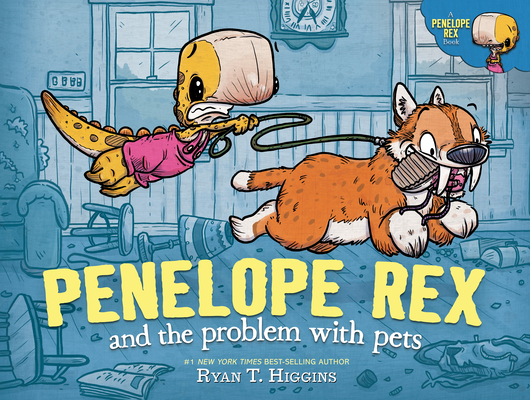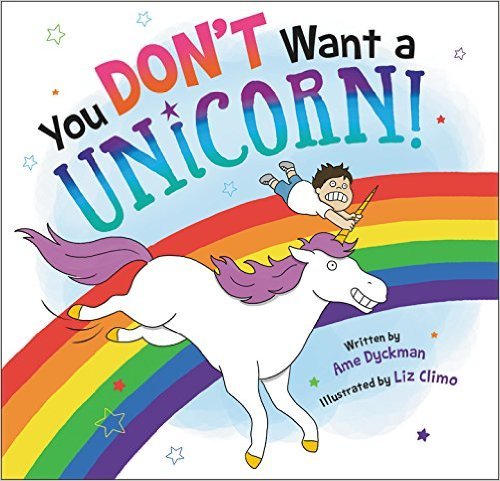 In November of 2017, my girlfriend and I adopted a 4-month-old puppy. The reason she was up for adoption was a common refrain, here in the Quad Cities and throughout America. Her previous owners had to move, and the landlord of their new place didn’t allow “ferocious breeds.” Although neither Davenport nor Scott County have any breed-specific legislation (BSL) on the books – which is surprising given that Iowa in general is rather dog-unfriendly, having 91 towns and cities with BSL, by far the most of any state in America – that doesn’t prevent landlords or rental companies from having their own discriminatory dog policies.
In November of 2017, my girlfriend and I adopted a 4-month-old puppy. The reason she was up for adoption was a common refrain, here in the Quad Cities and throughout America. Her previous owners had to move, and the landlord of their new place didn’t allow “ferocious breeds.” Although neither Davenport nor Scott County have any breed-specific legislation (BSL) on the books – which is surprising given that Iowa in general is rather dog-unfriendly, having 91 towns and cities with BSL, by far the most of any state in America – that doesn’t prevent landlords or rental companies from having their own discriminatory dog policies.
I’m sure some of you balked at me referring to BSL as discrimination. If you did (and even if you didn’t!), I implore you to read Bronwen Dickey’s Pit Bull: The Battle Over an American Icon. This thoroughly researched book had a lot to teach me, and I’ve been an animal lover and advocate my entire life. But Dickey is not a pit bull partisan interested solely in proselytizing. Her work is backed up with data and interviews, and she makes sure to provide plenty of perspectives. Most importantly, she is deeply humanistic, never losing sight of how people affect and are affected by their canine companions.
While BSL can impact several different breeds, such as Rottweilers and Dobermans, pit bulls are by far the primary target (all 91 instances of BSL in Iowa target pit bulls; only 15 mention other breeds). Dickey manages to problematize this with one simple fact: “pit bull” isn’t actually a breed! It’s actually a dog type consisting of (depending on who you ask) four to five breeds: American Pit Bull Terrier, American Staffordshire Terrier, American Bully, Staffordshire Bull Terrier, and American Bulldog. Furthermore, mixed-breed dogs and dogs of unknown pedigree that happen to share any similarities with these breeds – head size, body shape, short coat, etc. – get labeled as pit bulls by shelters and veterinarians. However, looks can be deceiving, and this is especially true when it comes to dogs. Dickey illustrates, with photographs and scientific research, how mixed breed dogs of known parentage often look nothing like either of their parents.
It comes as no surprise, then, when Dickey shows us that even people who work with dogs for a living have a less than stellar accuracy rate when it comes to identifying breeds. Dickey reports on numerous studies in the book. “After collecting cheek swabs from twenty mixed-breed dogs at four California shelters, [the authors of the study] asked a number of shelter workers to look at each dog and guess its breed(s). The shelter workers’ visual guesses – that is, the breeds they would have written on the dogs’ kennel cards and medical paperwork – did not match the animals DNA results 87.5 percent of the time” (pgs. 57-58, emphasis mine). In a follow-up study, the scientists showed video clips of twenty mixed-breed dogs to 900 subjects who worked in dog-related jobs – such as vets, trainers, groomers, shelter works, and animal control officers – and asked the subjects to identify which breeds were present in the dogs. The results were less than inspiring (pg. 58):
For only seven of the twenty dogs did more than half of the respondents agree on the most prominent breed. Interestingly, the predominant breed they chose did not show up at all in the DNA of three of those seven animals. Subsequent research confirmed this pattern. After looking at photographs of 120 mixed-breed dogs, shelter workers mislabeled 55 as being “pit bull mixes,” while missing 5 that actually were.
The troubling aspect is not that humans, even experts, are fallible – we don’t need a scientific study to tell us that – but rather that legislation that profoundly impacts peoples’ lives is being passed and enforced based solely on unscientific and unreliable methodology.
As such, it’s not just dogs that are discriminated against by BSL. Dickey traces how pit bulls, once beloved American icons who lived in the White House and starred in The Little Rascals, have come to be viewed as “lower class” dogs that are strongly associated with people of color. In light of this fact, it’s easy to see how BSL is just another aspect of systemic, institutional racism. It may be illegal to deny someone housing for being black or Latino, but not for being a pit bull owner – many of whom are, in fact, black or Latino. The predominance of pit bull prejudice is problematic because it becomes self-perpetuating. When enough legislation is passed, it becomes hegemonic, taken as a matter of fact. As Dickey masterfully shows in her book, however, the facts are a lot less clear than the talking heads would have you believe. It’s a deeply political issue, and as such should be approached rationally. Right now, the matter is murky with myth and prejudice; Pit Bull book goes a long way to dispelling the fog of superstition with its clear-headed, materialist, evidence-based approach.
Anecdotally, our puppy – Doobie, the first pit bull either of us had ever taken care of – has grown into such a gentle, loving dog that when we saw another pit bull puppy at the humane society, we couldn’t help but adopt her, too (despite having no plans for a second dog). Doobie’s younger sister, Sigourney, despite being even bigger than Doob, is somehow even less deserving of her “ferocious” appellation. In fact, she’s an awkward, gangly, 60 pound canine that thinks she’s a lapdog. The only thing these girls do aggressively is love, play, and goof off (although they have taken over our futon).

 Dinosaurs, Dinosaurs by Byron Barton
Dinosaurs, Dinosaurs by Byron Barton Never Touch the Dinosaurs by Rosie Greening
Never Touch the Dinosaurs by Rosie Greening Penelope and the Problem with Pets by Ryan T. Higgins
Penelope and the Problem with Pets by Ryan T. Higgins Tea Rex by Molly Idle
Tea Rex by Molly Idle The Dinos on the Bus by Peter Miller illustrated by Tony Neal
The Dinos on the Bus by Peter Miller illustrated by Tony Neal D is for Dinosaur by Christopher Robbins illustrated by Volha Kaliaha
D is for Dinosaur by Christopher Robbins illustrated by Volha Kaliaha That’s Not My Dinosaur by Fiona Watt
That’s Not My Dinosaur by Fiona Watt Edwina, the Dinosaur Who Didn’t Know She Was Extinct by Mo Willems
Edwina, the Dinosaur Who Didn’t Know She Was Extinct by Mo Willems












 Off the Leash
Off the Leash



